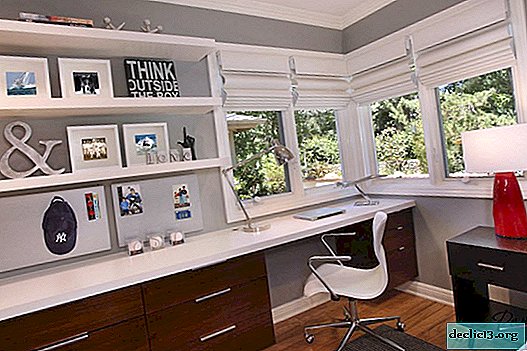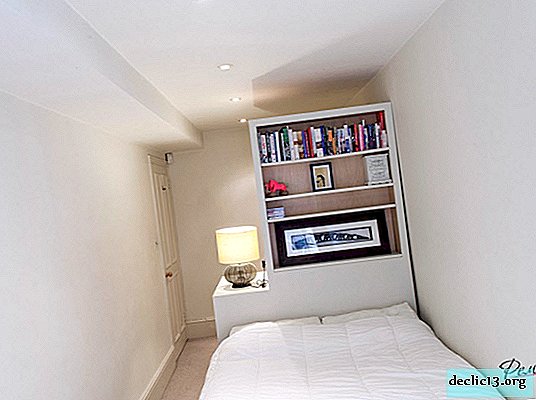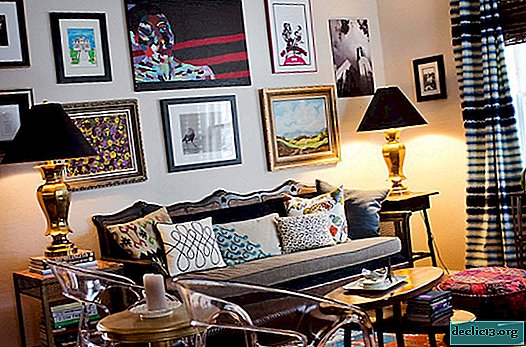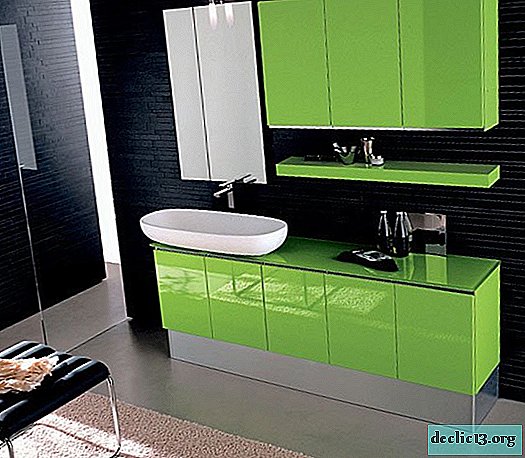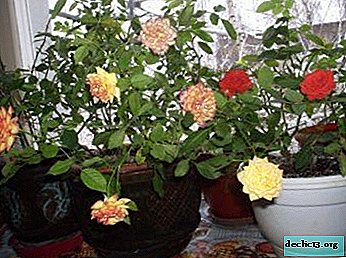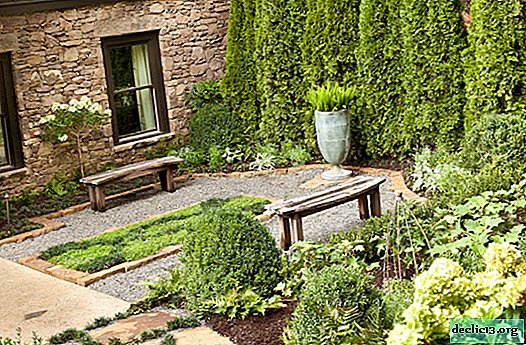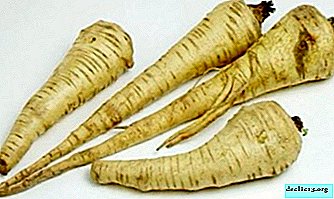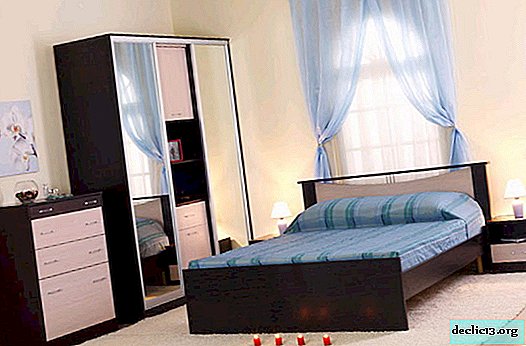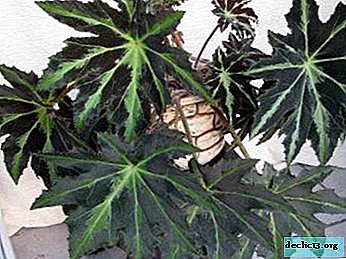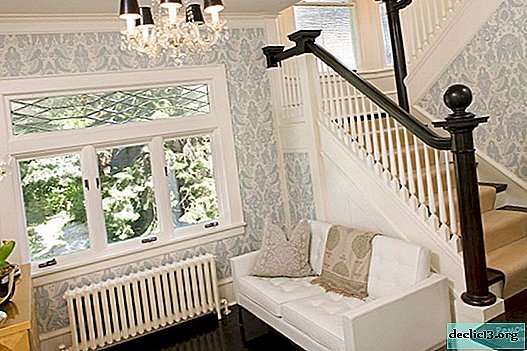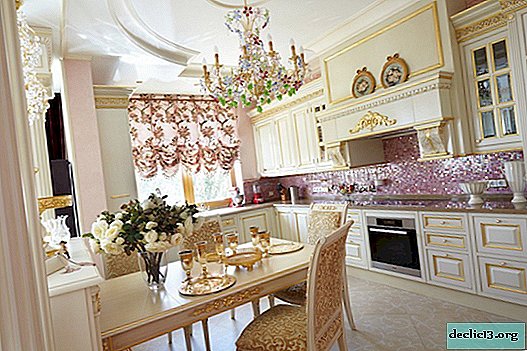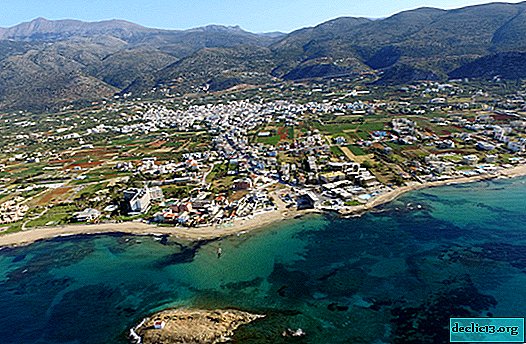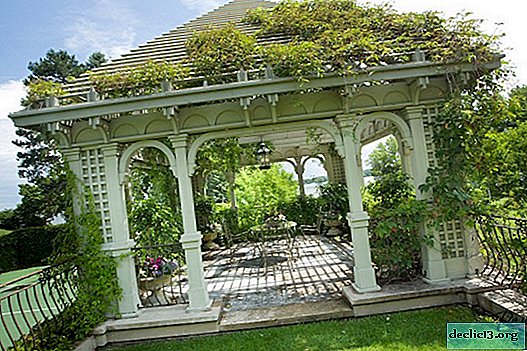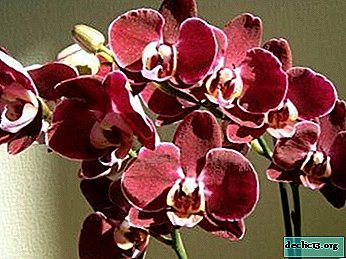How to choose a brick for the stove
Laying out a regular home brick oven is in itself a rather laborious and complex task. Especially when you consider the complexity of constructing the structure is rude and the correctness of its connection with the furnace itself. In such a difficult matter, building materials are carefully selected. After all, the competent laying of brick kilns is, first of all, the fire safety of the room. Therefore, the brick for masonry must meet certain requirements and standards.
Varieties of special bricks for laying furnaces
There are a lot of types of bricks for oven masonry today. They are distinguished by the ability to withstand high temperatures, and therefore are very resistant to fire for a long time.
Types of bricks are divided into two groups:
- fireclay refractory bricks made of refractory clay, which is called fireclay;
- solid brick for the stove itself.
Fireclay bricks have high refractoriness (it feels great at temperatures up to 1400-1800 degrees Celsius), and therefore they are used for laying fireboxes, where the fire source is directly located. Such bricks are also characterized by the fact that they are mainly used for those furnaces that use coal or gas as fuel. This is due to the fact that the highest temperatures are not formed in the process of burning wood, namely coal or gas. And if the stove is intended only for heating with wood, then the use of fireclay bricks is not necessary. Among other things, fireclay brick is highly resistant to various chemicals and temperature extremes.
Solid bricks, as a rule, are clay bricks, but not silicate. They must be burned using a specific technology. Of this building material, stoves, coars, fireplaces and chimneys are usually laid out. These bricks withstand oven heat, have frost resistance, moisture resistance and resistance to temperature changes.
Tips for choosing the right brick for stoves
For lining furnace furnaces. In order not to make a mistake in choosing fireclay bricks, from which combustion chambers or furnace furnaces are laid out, you should pay attention to several details that correspond to the high quality of this kind of materials:
- general purpose marking - ША-8 and ШБ-8;
- standard sizes - 230x113x65 mm or 230x123x65 mm;
- strength marks (M-100, 150, 200, 250 and the most durable M-500) - if you knock on a brick with a hammer and as a result you will hear a loud sound similar to metal - this means that the brick is of high quality and dense;
- if you hit hard on such a brick, it will break into whole pieces, and not crumble;
- the external characteristic of high quality can also serve as its smooth and sharp edges, which should not crumble.
For laying the stove itself, rough and chimney. A stove, rough or chimney lined with high-quality brick will last a very long time and may not create additional hassle during operation. The selection criteria for such a specialized brick are as follows:
- straw color with brown spots or red-orange color;
- strength grade (M-125 or M-150);
- standard sizes - 250x120x65 mm;
- hitting a brick with a hammer, a metallic sound should sound, which means the absence of voids inside the brick, and if a dull sound arises upon impact, then this indicates the presence of emptiness in the product;
- the surface of the brick should not contain chips and other cracks.
Following the above recommendations, you can easily choose a brick for laying furnaces, combustion chambers or chimneys. Do not forget that the creation of the furnace is a responsible procedure, because the presence of a furnace already implies a risk of fire. Especially when the furnace is improperly folded or its operation is incorrect. Therefore, it is very important to carefully prepare all the necessary building materials in order to avoid a fire.

